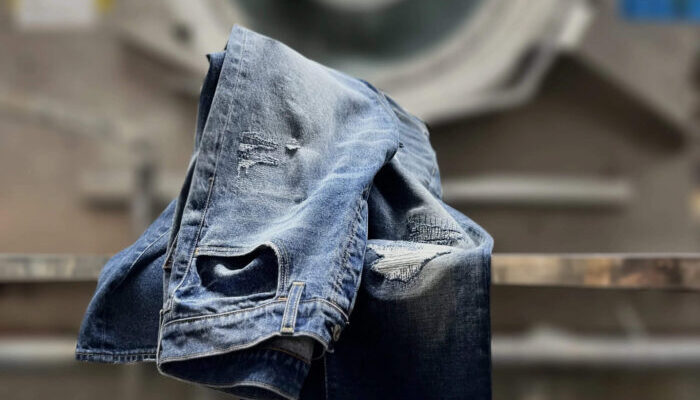Wednesday, August 11, 2021
Climate change related awareness and initiatives by DBL group began in 2012, informs Mohammed Zahidullah, Head of Sustainability at the organization. “Our journey for climate positive started in 2012 with Cleaner Production of IFC (International Finance Corporation),” said Zahidullah.
IFC led Advisory Partnership for Cleaner Textile (PaCT) is a program that supports the entire textile value chain – spinning, weaving, wet processing and garment factories in adopting Cleaner Production practices. It engages with brands, technology suppliers, industrial associations, financial institutions, government to bring about systemic and positive environmental changes for the Bangladesh textile sector and contribute to the sector’s long-term competitiveness and environmental sustainability.
“We joined this program through H&M, which is one of our major customers and nominated us for the program,” Zahidullah said.
The areas that the DBL Group worked on in relation to cleaner production evolved over the years. The more attainable goals are the ones that don’t need much investment — the “low hanging fruits”. There are then the “mid-hanging fruits” (which do require investment but can be recovered quickly), and high-hanging fruits, which would require larger investments and more time to make the money back.
“Today we have invested in rainwater harvesting, which people are very hesitant to do. We are also moving into water recycling and reuse”
“The financing that came in only allowed us to achieve the low-hanging fruits. The reason being, achieving the higher goals would have required for us to stop production and implement the interventions. This was not viable given our scale of production,” said Zahidullah referring to the primary initiatives his organization took.
But the interventions that they did implement made them appreciate the benefits, allowing the organization to take measures that it would not have taken before.
“Today we have invested in rainwater harvesting, which people are very hesitant to do. We are also moving into water recycling and reuse. We are going in that direction.”
Zahidullah says their participation in this program and further steps contributed toward a change of attitude within the industry. Indeed, DBL’s success even found a place in the pages of the New York Times.
By investing $80,000 to upgrade equipment like boilers and dyeing and rinsing machines, as well as implementing simple fixes like insulating steam pipes and fixing leaks, DBL managed to cut its water usage by half. Before, DBL used 120 litres of water to produce a kilogram of cloth; now it uses 60 litres.
By contrast, many factories in Bangladesh use as much as 170 litres of water to make one kilogram of cloth.
“Between the period of 2012 and 2016 we annually saved 1.3 billion litres of water and was able to reduce 705,975 tons of CO2,” said Zahidullah.
DBL also plans to install 10MW of solar power plants by 2025. “By 2030 we want to bring down the GHG emission by 25% from the current level of 140,882 tons to 105,561 tons.”
For more information, visit https://www.dhakatribune.com/climate-change/2021/08/11/how-the-dbl-group-managed-to-save-1-3-billion-litres-of-water
Featured News

PaCT program manager attends Bharat Tex as panelist
March 6, 2024
Number of LEED certified factories in RMG reaches 202
September 17, 2023

Spearheading sustainable industries
August 6, 2023
IFC organizes Africa-Asia Roadshow in Bangladesh
June 19, 2023


